In the realm of computer architecture, the speed at which a processor can access data from the main memory can significantly slow down performance. To mitigate this, cache memory plays a crucial role.
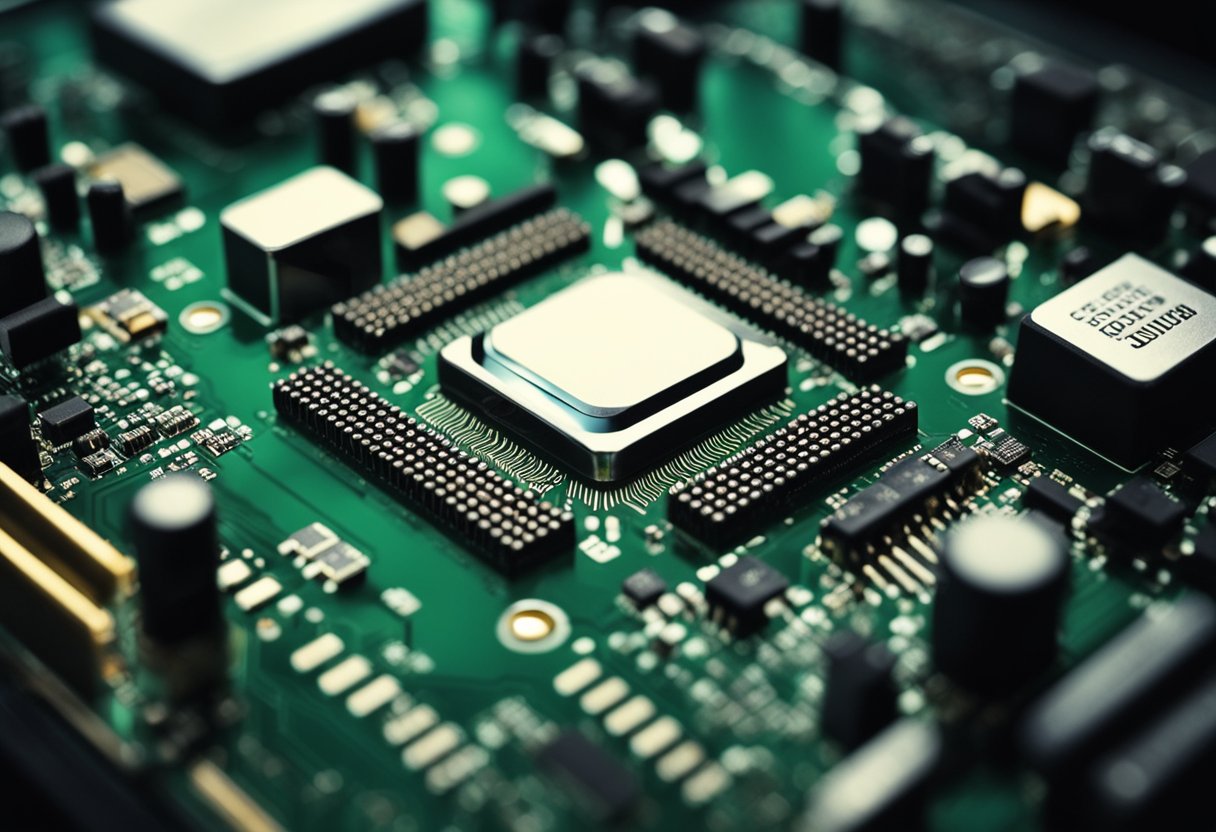
Cache memory is a specialized form of ultra-fast memory that works in tandem with the central processing unit (CPU) to dramatically speed up data access and process execution. It acts as an intermediary between the slower main memory and the fast CPU, storing copies of frequently accessed data for quick retrieval. By reducing the time the CPU spends waiting for data from the main memory, cache memory effectively increases the overall performance of a computer.
Key Takeaways
- Cache memory accelerates data access for the CPU.
- It acts as a buffer between the CPU and the main memory.
- Enhancing CPU efficiency, it significantly boosts computer performance.
Understanding Cache Memory
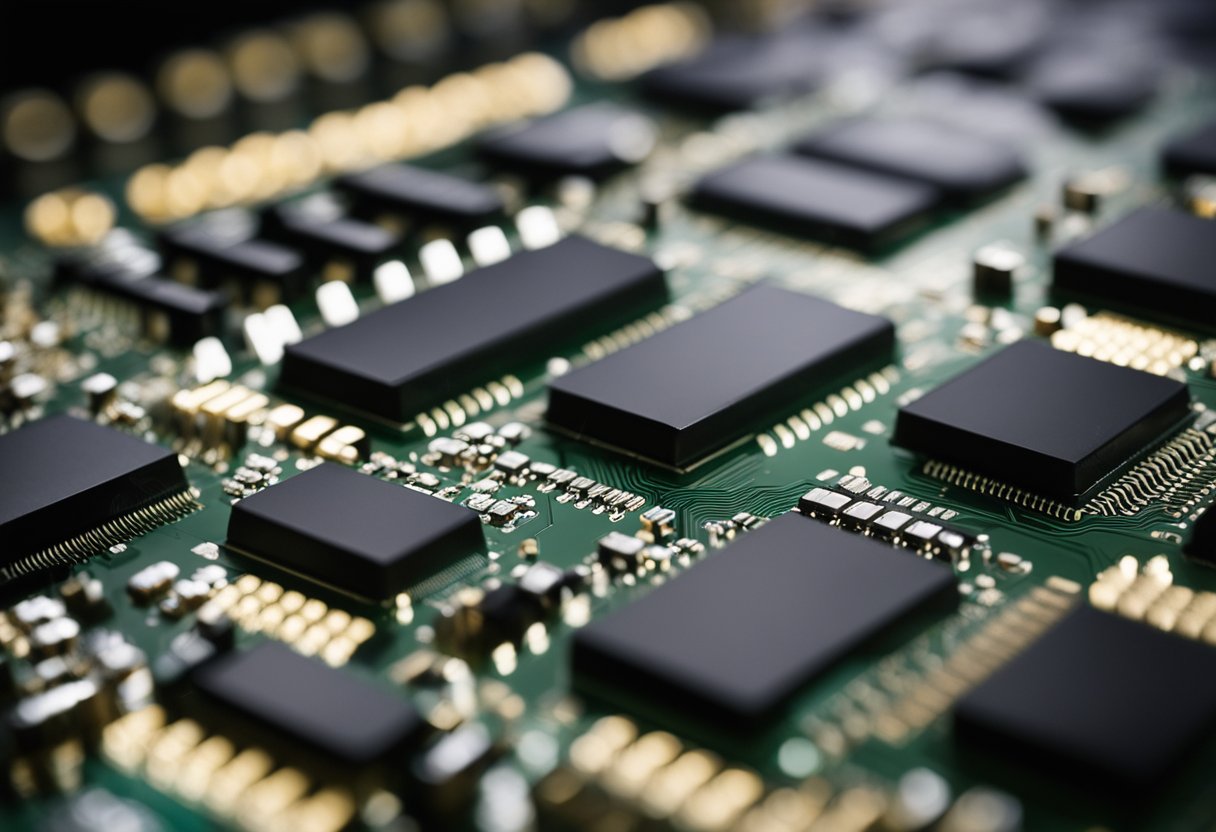
Cache memory plays a crucial role in enhancing the processing speed of a computer by providing quick access to frequently used data and instructions.
Definition and Function
Cache memory is a specialized form of volatile computer memory that serves as a high-speed storage area for data and instructions that are repeatedly accessed by the CPU. Its primary purpose is to speed up data access from the main memory by predictably storing information that a processor is likely to use next. It can be categorized as primary cache (L1), which is embedded directly into the processor chip, and secondary cache (L2 and L3), which is located on a separate chip, allowing for more storage capacity and somewhat slower access than L1.
Role in Computer Architecture
In computer architecture, cache memory is strategically placed between the CPU and the main memory to reduce the time it takes to access data and instructions.
- Primary cache: Located inside the processor core for fastest access to critical data, specifically designed to keep up with the CPU’s speed.
- Secondary cache: Positioned outside the core, it’s larger than L1 but has slightly slower access speeds.
This memory serves as a buffer with much faster access times than standard RAM, contributing significantly to a system’s performance by reducing the processing delay inherently caused by the slower main memory.
Types of Cache Memory
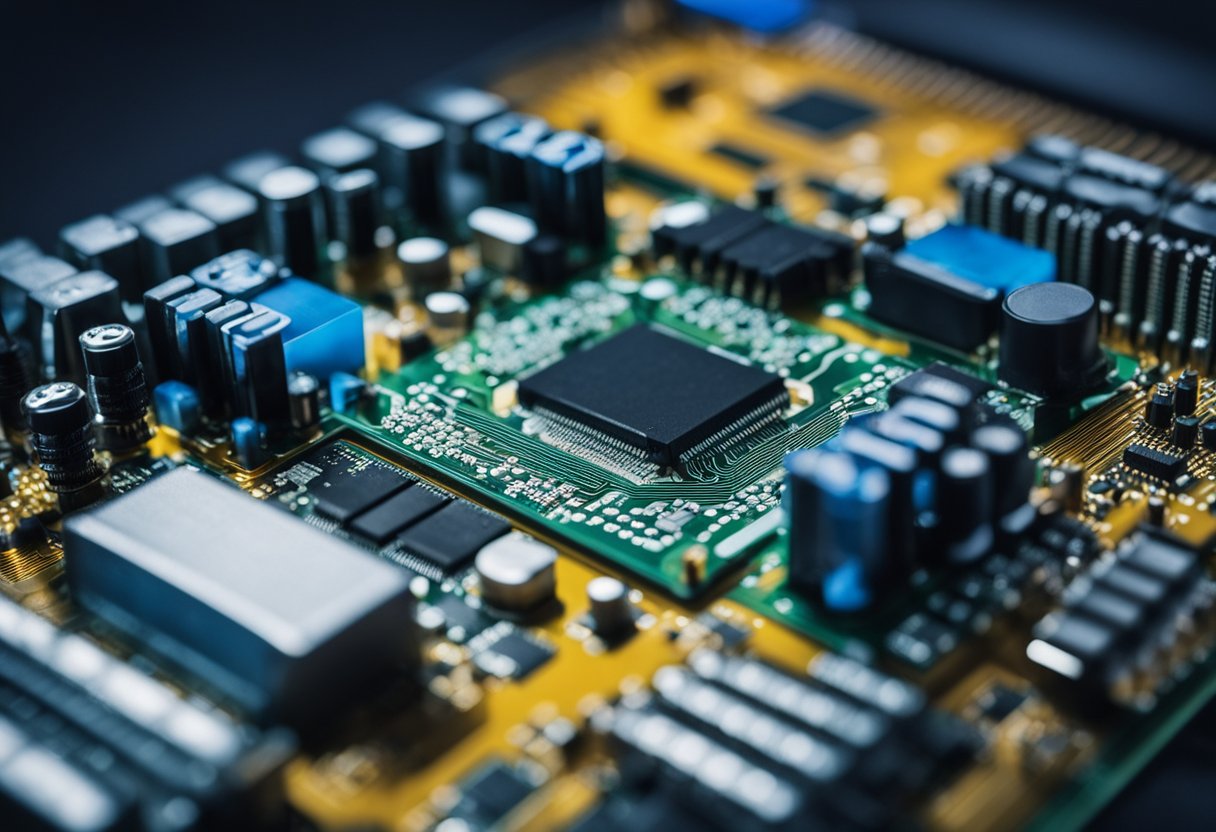
Cache memory is a small-sized type of volatile computer memory that provides high-speed data access to a processor and stores frequently used computer programs, applications, and data. Cache memory is a crucial component in today’s computing systems, improving the efficiency and performance by reducing the data access time to the processor. This section describes the different levels of cache memory typically found in computer architectures.
L1 Cache
L1 cache, also known as primary cache, is the smallest and fastest type of cache memory. It is directly incorporated into the processor chip and operates at the CPU speed, making it the first cache that the CPU looks into. Since it’s the first level, it has the least capacity but the fastest access time compared to other cache levels.
L2 Cache
L2 cache, or secondary cache, is larger than L1 cache and slightly slower. It can be found on the CPU or on a separate chip close to it. L2 cache has more space to hold data than L1, which allows it to store more frequently accessed information that doesn’t fit into L1 cache.
L3 Cache
Moving to the next level, L3 cache is larger and slower than both L1 and L2. It is shared across cores on modern processors, which means any core can use this cache to access shared data. It acts as a reserve for L1 and L2 cache, storing more data and instructions that are less frequently accessed but still important for performance.
Specialized Caches
In addition to L1, L2, and L3 caches, there are specialized caches designed for specific functions. These are not as widely known as the primary levels of cache but play a significant role in certain scenarios. Examples include caches designed for specific processes, such as database caching, web browser caching, and disk caching. These specialized caches aim to optimize the performance of different subsystems within computing environments.
Cache Memory Technologies
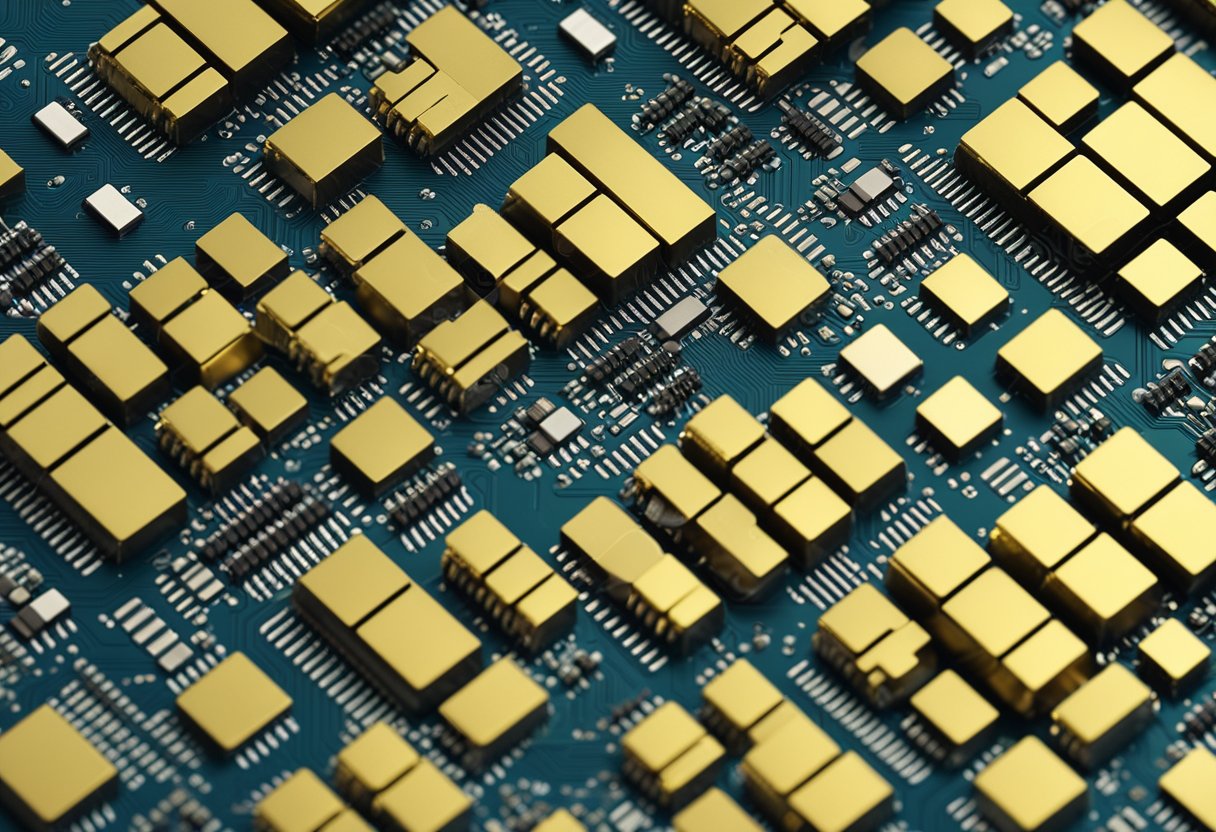
Cache memory is a specialized form of high-speed memory that serves as a holding area for frequently accessed data, aiming to reduce processing times. The primary technologies used in cache memory are Static Random-Access Memory (SRAM) and Dynamic Random-Access Memory (DRAM), with SRAM commonly used for primary cache and DRAM for secondary memory.
SRAM
Static Random-Access Memory (SRAM) is the memory technology predominantly utilized for the primary cache—also known as Level 1 (L1) cache—due to its high speed and reliability. SRAM stores bits in a bistable latching circuitry, which results in faster access to data but at a higher cost and greater power consumption. One of its distinguishing characteristics is that it does not require frequent refreshing to maintain the stored data, contrasting with DRAM.
More on SRAM’s role in cache memory
DRAM
Dynamic Random-Access Memory (DRAM), on the other hand, is more commonly associated with main memory, but it is also used for larger secondary caches, like Level 2 (L2) and Level 3 (L3) cache. DRAM is less expensive than SRAM and can store more data in the same amount of space. However, it is slower and must be periodically refreshed, which can result in increased latency compared to SRAM.
Understanding DRAM as a cache memory technology
Cache Organization
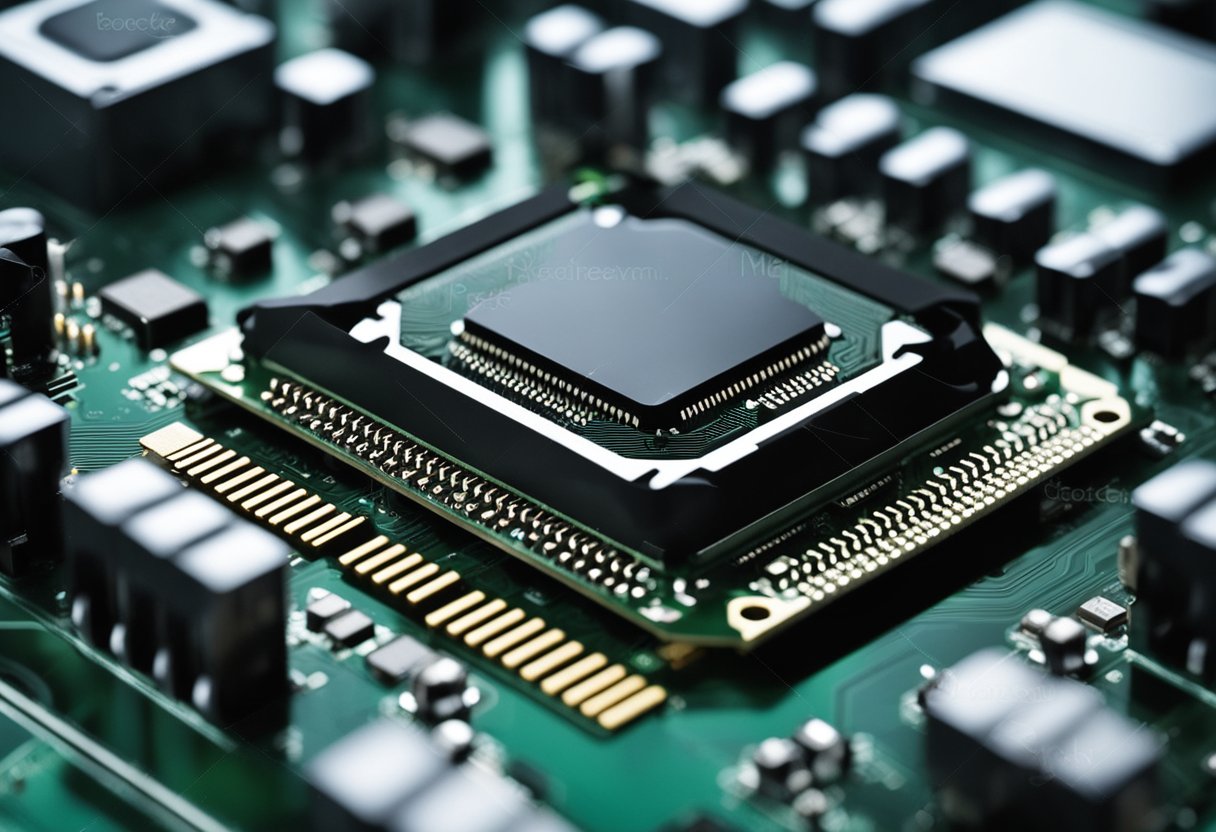
Cache memory plays a pivotal role in computer systems by bridging the speed gap between the central processing unit (CPU) and the main memory. It is optimized to keep frequently accessed data readily available to the CPU.
Size and Structure
Cache memory typically utilizes high-speed static random access memory (SRAM) and is smaller but significantly faster than main memory, which usually employs dynamic random access memory (DRAM). The size of a cache block—the smallest unit of data that can be transferred to and from the cache—is crucial in defining the efficiency of a cache system. An optimal cache block size ensures a balance between minimizing access time and maximizing the use of spatial locality, where adjacent memory locations are accessed sequentially.
Associativity
Associativity in cache memory refers to how blocks are placed in the cache. There are three primary methods of associativity:
Direct mapping, where each block of main memory maps to only one possible cache line. This method is straightforward but can lead to frequent conflicts if multiple blocks are assigned to the same cache line.
Fully associative mapping allows a block to be placed in any cache line. While this approach minimizes conflict misses, it requires more complex hardware to examine all cache lines for a potential hit.
Set associative mapping forms a middle ground by dividing the cache into a number of sets and allowing each main memory block to map to any cache line within a set. Typically, a 2-way or 4-way set associative mapping is common.
The type of associativity selected has a direct impact on the cache’s performance. It affects how effectively the cache leverages spatial and temporal locality—the concept that programs tend to access a relatively localized area of memory repeatedly over short periods of time.
Cache Management
Effective cache management is critical in optimizing the performance of a computer system by addressing cache hit and miss rates. It includes the implementation of various policies, understanding the patterns of data access, and the efficient mapping of addresses to cache locations.
Cache Policies
Cache policies determine how a cache is managed and affect the cache hit or cache miss frequency. One common policy is the Least Recently Used (LRU), which removes the least recently accessed item when the cache is full. First-In, First-Out (FIFO) is another policy where the oldest item is replaced. The goal of these policies is to maintain a high hit ratio, which signifies efficient cache usage, and reduce the miss rate.
Locality of Reference
The concept of locality of reference pertains to how programs access memory spaces. There are two main types: temporal locality and spatial locality. Temporal locality is when a program accesses the same memory location multiple times in a short period, whereas spatial locality refers to accessing memory locations that are close to one another. Effective cache management capitalizes on both forms to improve cache hit rates.
Address Mapping
Address mapping plays a pivotal role in organizing how data is stored within the cache. There are several methods, such as direct-mapped, fully associative, and set-associative. Direct-mapped caches offer simplicity and speed with one specific cache line per data block, while fully associative caches can store any block in any cache line, allowing greater flexibility but at a performance cost. Set-associative mapping is a compromise between the two, dividing the cache into several sets where each block maps to a set, and any line within the set can be used.
Performance Metrics
In assessing cache memory efficiency, two critical indicators stand out: access time and the relationship between latency and hit ratio. These metrics provide tangible measures of the cache’s performance impact on system operations.
Access Time
Access time is the duration taken for a system to retrieve data from the cache memory. It’s a pivotal metric since swift access times correlate with reduced wait times for processing units, leading to better overall system performance.
Latency and Hit Ratio
Latency refers to the delay before the transfer of data begins following an instruction for its transfer. A lower latency signifies a faster cache, contributing positively to system performance. The hit ratio, quantified as the number of cache hits divided by the total number of memory accesses, directly indicates the effectiveness of the cache. A higher hit ratio means that more often, data is successfully retrieved from the cache without resorting to slower main memory, as outlined on GeeksforGeeks.
Challenges in Cache Memory
Cache memory is essential for bridging the performance gap between fast CPU operations and slower memory access. This section explores the challenges associated with maintaining cache memory, specifically focusing on cache coherency and eviction strategies.
Cache Coherency
Cache coherency refers to the challenge of keeping the data in all cache levels consistent with what’s in the main memory. With multiple processors, each with its own cache, it’s crucial to ensure that an update in one cache is immediately reflected across all caches. The write-through method addresses this by writing data to both the cache and the main memory simultaneously, ensuring consistency but at the cost of write performance. In contrast, the write-back approach only writes the updated data from cache to main memory when the data is evicted from the cache, reducing the frequency of write operations. However, it introduces complexities when maintaining coherency, as a dirty bit is used to track whether the cache data has been modified.
Eviction Strategies
Choosing the right eviction strategy for cache memory is pivotal to system performance. Algorithms such as Least Recently Used (LRU) or First-In, First-Out (FIFO) determine which data is removed when the cache is full and needs to make room for new data. These strategies can significantly affect system efficiency, as a poor eviction strategy may lead to higher cache miss rates, resulting in more frequent and costly accesses to the main memory. Implementing an efficient strategy that minimizes cache misses is a key challenge for system architects.
Advancements in Cache Technology
Cache memory has greatly evolved to respond to the increasing performance demands of modern computers. Specific advancements include integrating new memory technologies and exploring architectural innovations to enhance speed and efficiency.
Flash Memory and Solid-State Drives
Flash memory has become a critical component in cache architecture, particularly with the advent of solid-state drives (SSD). SSDs leverage flash memory to provide faster data retrieval times compared to traditional magnetic disk drives. This type of memory is non-volatile, allowing it to store data even without power, and it’s commonly used in Level 4 (L4) cache implementations. The presence of L4 cache in some high-end computing systems demonstrates how flash memory can be integrated directly into the processor die or as a separate component to bridge the gap between the on-die cache and system RAM.
Emerging Technologies
In the sphere of cache advancements, emerging technologies are pushing the boundaries of traditional cache architectures. Researchers are investigating the use of non-volatile random access memories (NVRAMs) in caches, offering the possibility of retaining data across power cycles and improving system resilience. Additionally, cutting-edge concepts like software-defined caches and advanced energy-efficient replacement algorithms are actively being explored to tailor cache behavior dynamically to workloads, aiming for optimal performance and energy usage. These modern techniques are instrumental in making cache memories more adaptable and robust against soft errors, a necessary step in the evolution of cache memory.
Impact of Cache Memory on Computing
Cache memory significantly accelerates the performance of computers by providing fast access to data and instructions frequently used by operating systems and microprocessors. It plays a crucial role within the memory hierarchy.
Operating Systems
Operating systems (OS) rely on cache memory to efficiently manage processes and applications. Cache stores important OS data such as parts of the system kernel, which allows for rapid context switching and efficient process scheduling. By doing so, the latency commonly associated with accessing data from the main memory is reduced, leading to a smoother multi-tasking environment.
Microprocessors
Microprocessors utilize cache memory to minimize the time spent on fetching instructions from the slower main memory. A microprocessor’s register file often interacts with L1 (Level 1) cache, the closest and fastest cache layer, to speed up execution cycles. This proximity allows for immediate data retrieval, which is essential for maintaining the microprocessor’s performance. Moreover, the larger L2 and L3 caches serve as an intermediate store, ensuring that the microprocessor works efficiently, without unnecessary delays caused by main memory access.
Frequently Asked Questions
In addressing the complexities of cache memory, several pertinent questions often arise. These inquiries delve into the architecture, functionality, and varied levels of cache within modern computing systems.
What are the different levels of cache memory in modern computers?
Modern computers typically feature multiple levels of cache memory, including L1, L2, and L3 caches. The L1 cache is the smallest and fastest, located closest to the CPU, while L2 is slightly larger and slower, and L3, often shared among cores, is larger still but the slowest of the three.
Is cache memory a type of volatile memory?
Cache memory is indeed a type of volatile memory, meaning that it requires power to maintain the stored information. When the system is powered down, the contents of cache memory are lost.
How does cache memory improve system performance?
Cache memory improves system performance by providing the CPU with faster access to frequently used data and instructions, thus reducing the time it needs to fetch this information from slower main memory.
In what ways are L1, L2, and L3 caches different from each other?
The L1 cache is the quickest and acts as the first point of storage the CPU checks before looking at L2 and L3 caches. Each level of cache serves as a larger and slightly slower reservoir of data, with L3 cache generally being the largest and shared among cores in multi-core processors.
What role does cache memory play in computer architecture?
Cache memory plays a critical role in computer architecture by bridging the speed gap between the ultra-fast CPU and the slower main memory, significantly reducing the latency in memory access and enhancing the overall speed of computational tasks.
How is cache memory implemented in microprocessors?
Cache memory in microprocessors is implemented directly on the CPU chip. It allows for quick data retrieval, and its design is optimized to predict and pre-load data the CPU is likely to require next, thus speeding up processing and improving computational efficiency.

